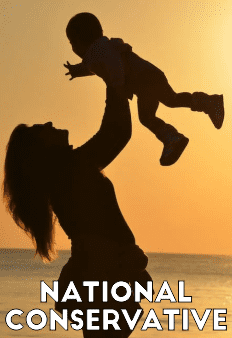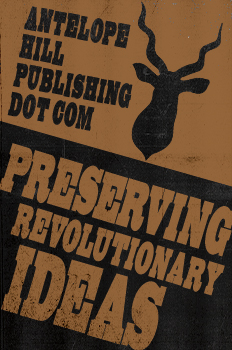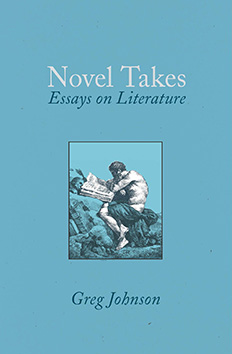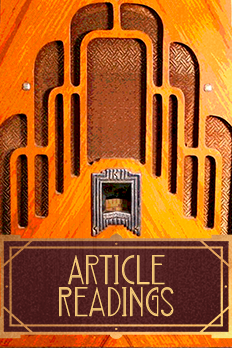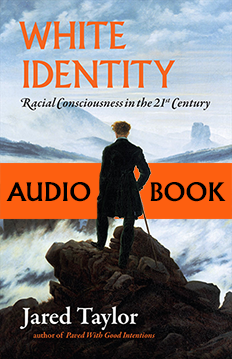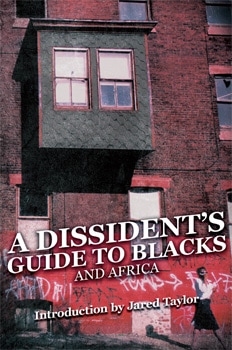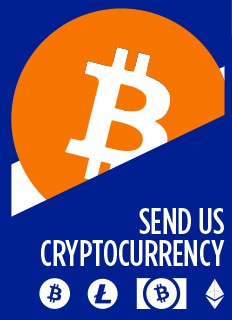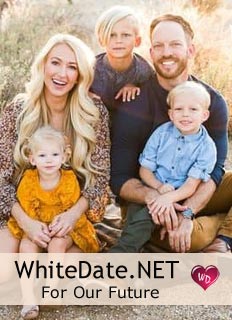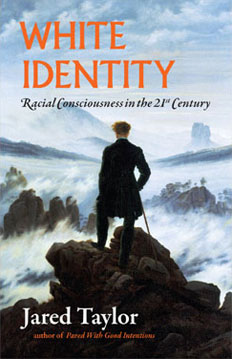Racism Can Kill Black People Even When a Black Finger Pulls the Trigger
Mark Hertsgaard, The Nation, May 10, 2024
Deborah Cotton and I met by getting shot together.
It was a Mother’s Day early in Barack Obama’s second term. Deb, as her friends called her, was among hundreds of people, almost all of them Black, marching through the streets of New Orleans. They were marching not in protest but in celebration, as part of a second line parade.
{snip}
A second line is a street party, a musical explosion, a church service, a cultural remembrance, and a political statement all wrapped up in one afternoon. Second lines evolved from the burial rites enslaved Africans brought with them when they began arriving in Louisiana in 1722. Propelled by percussive music, hundreds of people take over the streets for four hours of dancing, drinking, eating, flirting, and grooving to the beat. One or more brass bands drive the action, their squealing horns and thumping drums channeling the jaunty rhythms that make New Orleans, in Bruce Springsteen’s words, “this great mother city of American music.”
Gunshots were fired into the Mother’s Day second line at 1:47 pm on May 12, 2013. The To Be Continued Brass Band had halted just before entering the intersection of Frenchmen and North Villere streets, a poverty-stricken neighborhood in the Seventh Ward, a 10-minute walk from the French Quarter. The band had played the first four notes of a song by The Hot 8 Brass Band “and then everything went crazy,” Joe Maize, a trombonist for To Be Continued, recalled.
When the gunfire erupted, I was standing on the far side of the intersection from the TBC band. The gunshots were coming from about 10 feet behind my left shoulder. The bullets made an oddly muffled zip, zip sound as they streaked through the humid afternoon air. People around me started to push, run, and throw themselves to the ground. I did the same, diving like a baseball player sliding headfirst into home plate.
{snip}
Second line parades embody two milestones in United States history—the imposition of slavery and the invention of jazz—that have profoundly shaped the nation’s evolution and gave the Mother’s Day shooting the quality of a true-crime parable for the Obama-Trump era.
“No place else in the United States is going to let Black people take over the streets for four hours long,” Cotton once said about second lines and New Orleans. “It’s just not gonna happen.” If only for a few hours, Black people at a second line parade could feel free—free to express themselves however they wished, regardless of the white world’s constraints. “The blues came from slavery,” said Gregg Stafford, a prominent New Orleans brass band leader and trumpet player. “Jazz came from freedom.”
But demons of death, never far away in New Orleans, haunted that Mother’s Day second line. Ambulance workers counted 20 people wounded and told Detective Hart to expect three, possibly four, fatalities. Measured by total casualties, it was the biggest mass shooting in the modern history of New Orleans, long one of the US’s deadliest cities, with a murder rate eight times higher than the national per capita average.
{snip}
A surveillance video had surfaced the day after the shooting that offered a bird’s-eye view of the attack. It showed a Black man in a white T-shirt with his back against the wall of a house, watching as the parade crowd passed from left to right. Suddenly the man pulled a handgun from his pocket, took four strides into the crowd, and began firing at point-blank range. As bodies fell and fled, the man continued firing. After emptying his weapon, he ran off, out of camera range.
TV networks around the world began airing the video. In the glare of such publicity, the authorities soon arrested two suspects: Akein Scott and Shawn Scott, two African American brothers aged 19 and 23. Each was charged with 20 counts of attempted murder: one for each of the 19 gunshot victims and one for a woman grotesquely injured when she was trampled by the fleeing crowd.
In what police labeled “a miracle,” neither Cotton nor any of the other Mother’s Day shooting victims perished immediately. “We had 20 [sic] people shot at that parade, and not one of them dies?” said Detective Rob Hurst, Hart’s partner at the scene. “If that’s not a miracle, you tell me what is.”
Hovering near death, Cotton somehow dictated a statement from the intensive care unit that a close friend delivered to a hastily called New Orleans City Council hearing. “Do you know what it takes to be so disconnected in your heart that you walk out into a gathering of hundreds of people who look just like you and begin firing?” she asked. Alluding to the bleak circumstances facing many young Black men in New Orleans—parents absent or impoverished, abysmal schools, rampant gang and police violence, few job possibilities beyond menial labor or drug dealing—she said, “These young men have been separated from us by so much trauma.”
Cotton was fully aware of the violence Black people had long endured from trigger-happy police and white vigilantes: Her activism over the past eight years had focused on reforming the notoriously corrupt and violent New Orleans Police Department, a mission embraced by Obama’s Department of Justice, which had placed the NOPD under a federal consent decree four months before the Mother’s Day shooting. But the evils of systemic racism were much broader than police brutality, she believed, their reach more insidious and pervasive.
To Cotton, Black lives mattered even if a Black person had done something reprehensible, like shooting into a peaceful crowd, because, she later told me, “racism can kill Black people even when a Black finger pulls the trigger.” The gunman seen firing into the crowd in the Mother’s Day video “clearly made horrible choices that have ruined his life,” she continued. “But he didn’t do that in a vacuum. This city and this country created that vacuum.”
{snip}
Cotton believed that until America, especially white America, honestly faces what race and slavery have done, and still do, to the country, America will not be free of its original sin. Like an infected, untended wound, the dilemma will keep bubbling to the surface, manifesting in everything from a Mother’s Day shooting in New Orleans, to the continuing murders of Black people by police and vigilantes, to the presidential election—and now, in 2024, possible reelection—of a white supremacist whose fellow neo-Confederates openly endorse waging a second civil war to “make America great again.”
{snip}






